Members
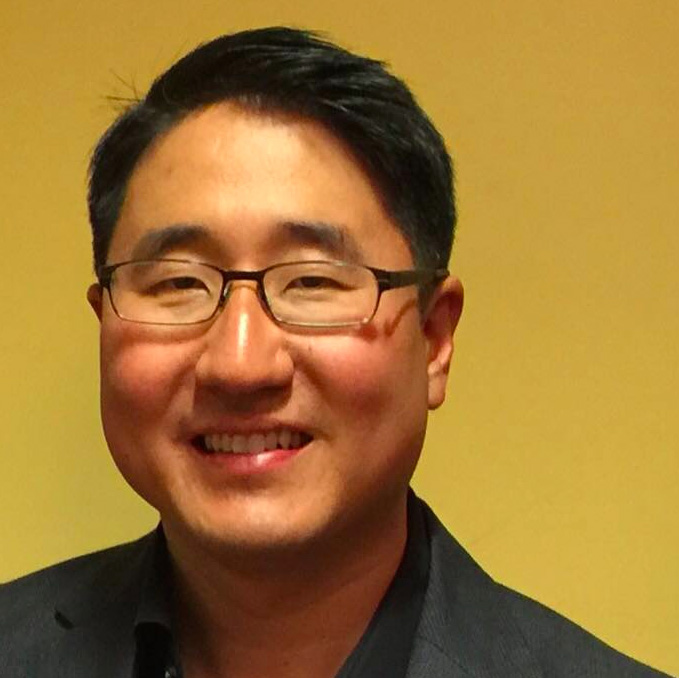
Charles Limb
Francis A. Sooy Professor of Otolaryngology— Head and Neck Surgery; Chief, Division of Otology, Neurology, and Skull Base Surgery; Head, Sound and Music Perception Lab University of California San Francisco (UCSF) Medical CenterWhen he was young, Charles Limb, MD, played piano, then saxophone, and developed a passion for jazz, learning more through improvisation than formal study. As a scientist, he has left none of that behind. “Artistic creativity is magical, but it’s not magic, meaning that it is a product of the brain,” Dr. Limb says in a TEDx talk. “Artistic creativity is a neurological product that can be examined using rigorous scientific method.”
To understand the brain processes that underlie creativity, he uses functional MRI scans to pinpoint areas of activity during musical improvisation. Dr. Limb also studies how creativity develops in children, how comedians and world-class musicians improvise, and the role music therapy plays in improving mental agility, problem-solving, and motor synchronization. He is bold about the potential impact: “If we could harness the creativity of the brain and make people ten percent more creative in the world, I think we could change civilization.” Dr. Limb is also an otologic surgeon who specializes in treating hearing loss and auditory disorders. The research he spearheads in this arena is targeted at hearing impairments, including strategies to improve music perception among people who wear cochlear implants.
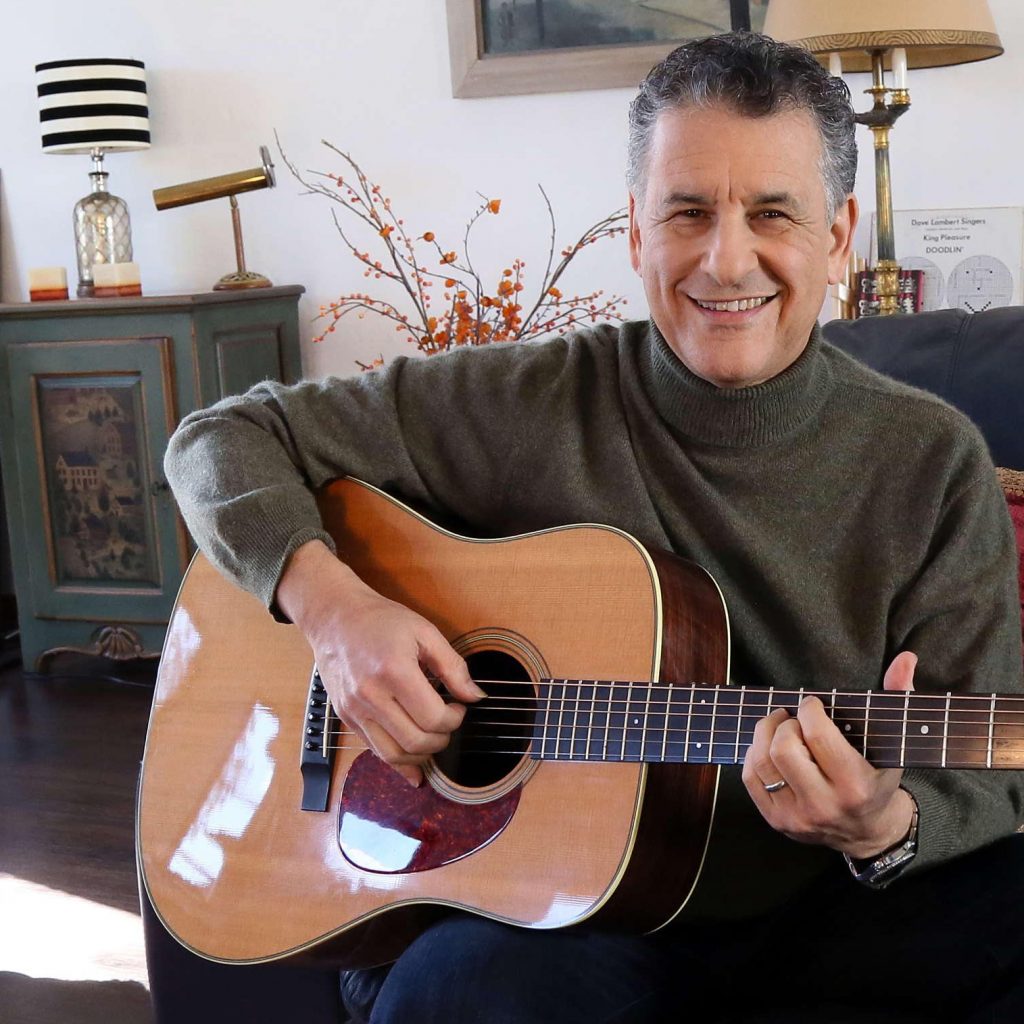
Daniel J. Levitin
Founding Dean, College of Arts & Humanities, Minerva University James McGill Professor Emeritus of Psychology and Behavioral Neuroscience Science, McGill UniversityFrom an early career as a recording engineer and record producer to director of a cognitive neuroscience research lab, Daniel Levitin, PhD, is a true polymath—neuroscientist and musician, best-selling author and cognitive psychologist. His studies of the power of music combine his multiple enthusiasms. “Music regulates the hormones and neurotransmitters effectively the way drugs do,” he says, describing mood-enhancing and performance-boosting effects. “Music activates every region of the brain that has so far been mapped.” It is, he adds, a kind of fuel for the brain.
A vocalist with command of the tenor sax, guitar, and bass, Dr. Levitin has performed with Mel Tormé, David Byrne, Rosanne Cash, and Sting; among many other noted collaborations, he also produced albums by Stevie Wonder, Steely Dan, and Joni Mitchell. He is founding dean of the College of Arts and Humanities at the Minerva Schools at KGI, and professor emeritus of psychology and neuroscience at McGill University. Author of more than 300 articles in the scientific and popular press, he has also written a series of best-selling books: This Is Your Brain on Music, The World in Six Songs, The Organized Mind, A Field Guide to Lies, and Successful Aging.
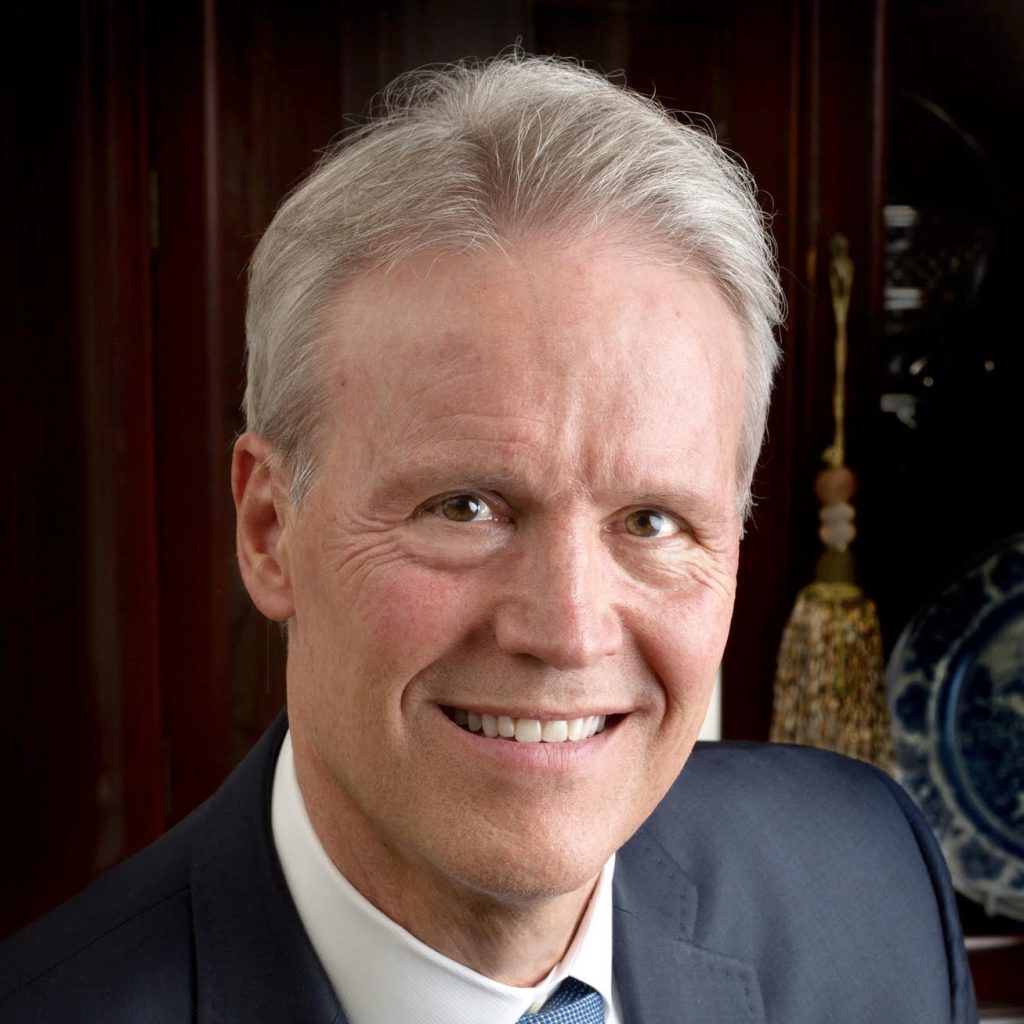
David Hellmann
Aliki Perroti Professor of Medicine; Director, Center for Innovative Medicine, Johns Hopkins University School of MedicineAt the age of five, David Hellmann, MD, developed a disease that causes a softening of the hipbone, forcing him to spend months in a full-body cast and months more wearing a brace. His own experience with illness, his training in internal medicine at Johns Hopkins, and a long line of influential mentors taught Dr. Hellmann that “medicine is a public trust… It is the public interest over any individual interest that counts,” he says. “We were created not for ourselves but to care for our patients, their families and our communities.”
Dr. Hellmann directs the Johns Hopkins Center for Innovative Medicine (CIM), which he co-founded in 2005 as a think tank and incubator to actualize the public trust framework. Committed to health care that is affordable, personal, and effective for everyone, CIM projects have focused on developing innovative clinical centers for excellence; teaching physicians the importance of knowing their patients as people; and decreasing disparities in health care. In addition to his leadership responsibilities at Johns Hopkins, Dr. Hellmann teaches physicians and medical students, sees patients in his capacity as a rheumatologist, and remains active in research.
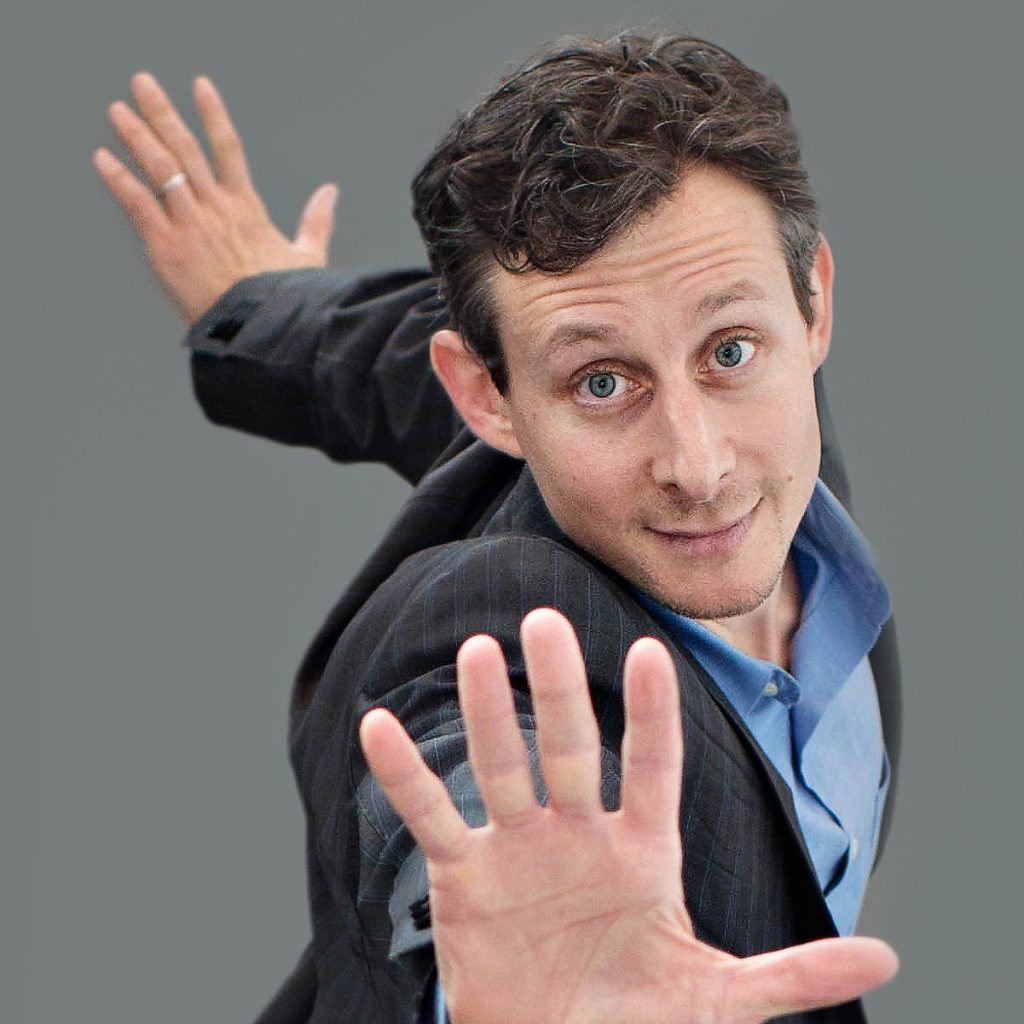
David Leventhal
Program Director, Dance for PD®, Mark Morris Dance GroupDance, says David Leventhal in a videotaped interview, incorporates the “physical as well as the cognitive, expressive, and social elements” of being human. When he began teaching people with Parkinson’s disease, he quickly saw dance’s potential as a health tool. “I started to realize how open and curious people were to engage in movement as dancers… to express themselves through their bodies, through bodies that had challenges, had rigidity, but in the presence of music and choreography and imagery were able to do so much.”
Mr. Leventhal is a founding teacher of Dance for PD®, a program of the renowned Mark Morris Dance Group that has been a model for classes in more than 300 communities in 25 countries. As a member of Mark Morris’s company for more than a decade, he had roles in 40 dances, including 19 world premieres, each posing what he called “a muscular, musical, and intellectual challenge.” Mr. Leventhal also designed a dance-based elective course for the Narrative Medicine curriculum at Columbia University’s medical school and serves on the boards of the Davis Phinney Foundation and the Georgetown Lombardi Comprehensive Cancer Center's Arts and Humanities Program.
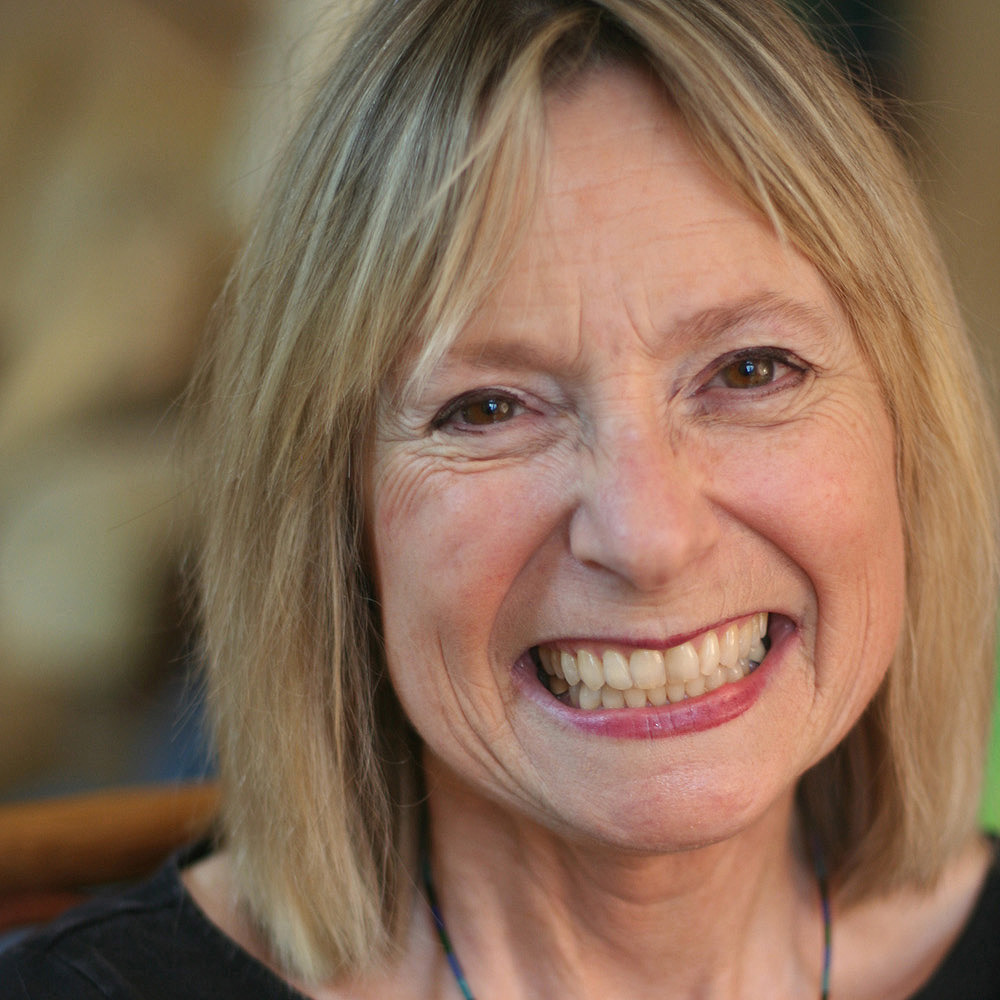
Elizabeth Jameson
Artist, advocate, and writer who explores what it means to live in an imperfect body as part of the universal human experienceMedical technology has given new freedom to Elizabeth Jameson, JD, a former public interest attorney with multiple sclerosis. Not only because it allows her write, speak, and create although her four limbs are paralyzed, but because of what she calls the opportunity to take ownership of her disease. Through paintings, textiles, etchings, and other art forms, Ms. Jameson transforms MRI images of her compromised brain into richly colored artwork designed to open up conversations about the meaning of illness. “I transform the often unsettling and clinical black-and-white brain scans into work that invites others to contemplate the beauty of the brain and discuss what it means to live in an imperfect body,” she says.
In the 1990s, until her disease made it impossible to practice law, Ms. Jameson represented incarcerated children through the Youth Law Center in San Francisco, and later was instrumental in changing health policies for those living with chronic illness and disability. Continuing her dedication to service, she adopted art as a tool to acknowledge and confront illness and disability as part of the universal human experience. Her work is included in permanent collections at the National Institutes of Health, Harvard University, UC Berkeley, and elsewhere and her writing has appeared in The New York Times, British Medical Journal, WIRED, and other publications.
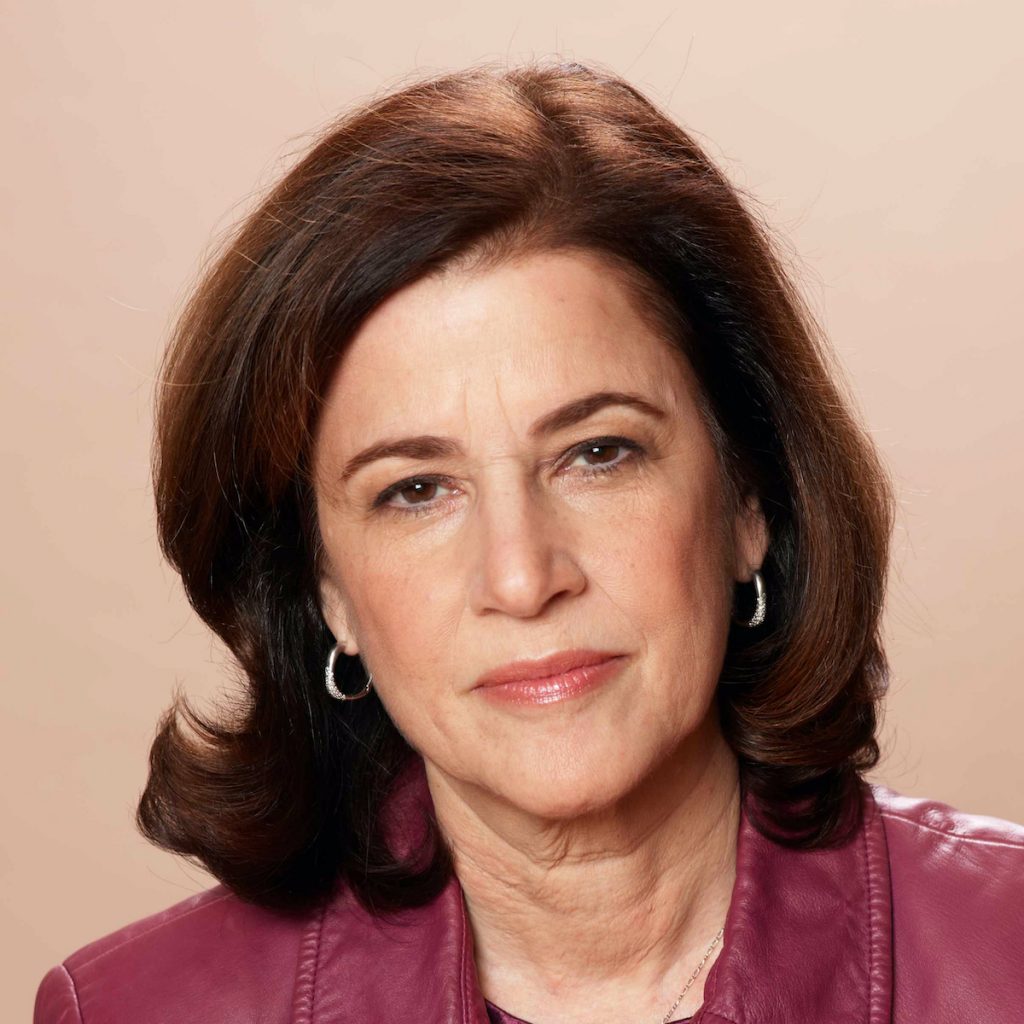
Ellen Galinsky
President and Co-Founder, Families and Work InstituteAs she was conducting a study on youth and learning—one of a series called Ask the Children— Ellen Galinsky, MS, became troubled to discover that many felt “turned off” from learning and began asking why. After researching this question for 10 years, including interviewing and filming more than 100 leading child development researchers, she distilled her findings into a set of executive function life skills that are the basis of her best-selling book, Mind in the Making: The Seven Essential Life Skills Every Child Needs. In 2016, Mind in the Making became a program of the Bezos Family Foundation. It shares the science of how children learn through training and tools that improve executive function skills and family engagement in education.
Over her career, Ms. Galinsky has conducted research on childcare, parent-professional relationships, parental development, work-life issues and youth voice and authored hundreds of books, reports, and articles. She served as a parent expert in the Mister Rogers Talks to Parents TV series and was elected president of NAEYC. In 2018, the Work and Family Researchers Network established the ongoing Ellen Galinsky Generative Researcher Award. She is currently writing a book on adolescence. An avid photographer, her latest solo show was in New York City in January 2020.
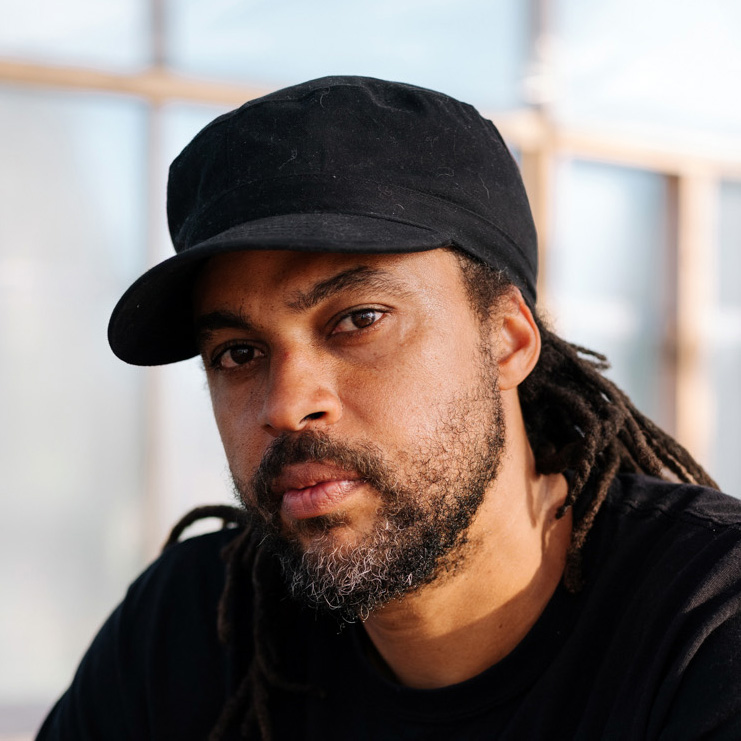
Emmanuel Pratt
Urban designer; Co-founder and executive director, Sweet Water FoundationEmmanuel Pratt’s professional, academic, and artistic work is rooted at the intersection of architecture, urbanization, race/identity, gentrification, and the transformative processes of community economic development through food security and sustainable design innovation. In 2009, he co-founded Sweet Water Foundation, headquartered on Chicago’s South Side, and now serves as its executive director. The nonprofit organization practices Regenerative Neighborhood Development—a social justice method that creates safe and inspiring spaces and curates healthy, intergenerational communities that transform the ecology of so-called “blighted” neighborhoods. Through a blend of agriculture, art, carpentry, and education, the Sweet Water Foundation transforms vacant spaces and abandoned buildings into sustainable community assets that produce engaged youth, skilled workers, art, locally grown food, and affordable housing.
Mr. Pratt’s holistic approach to community development informs work across a growing network of cities and demonstrates the power of using ecological systems to transform neglected urban neighborhoods into community-driven places of growth and vitality. He was a Loeb Fellow in 2017, a visiting lecturer at Taubman College of Architecture and Urban Planning at the University of Michigan, and a visiting lecturer at the University of Chicago. In 2019, Mr. Pratt was selected as a MacArthur Fellow.
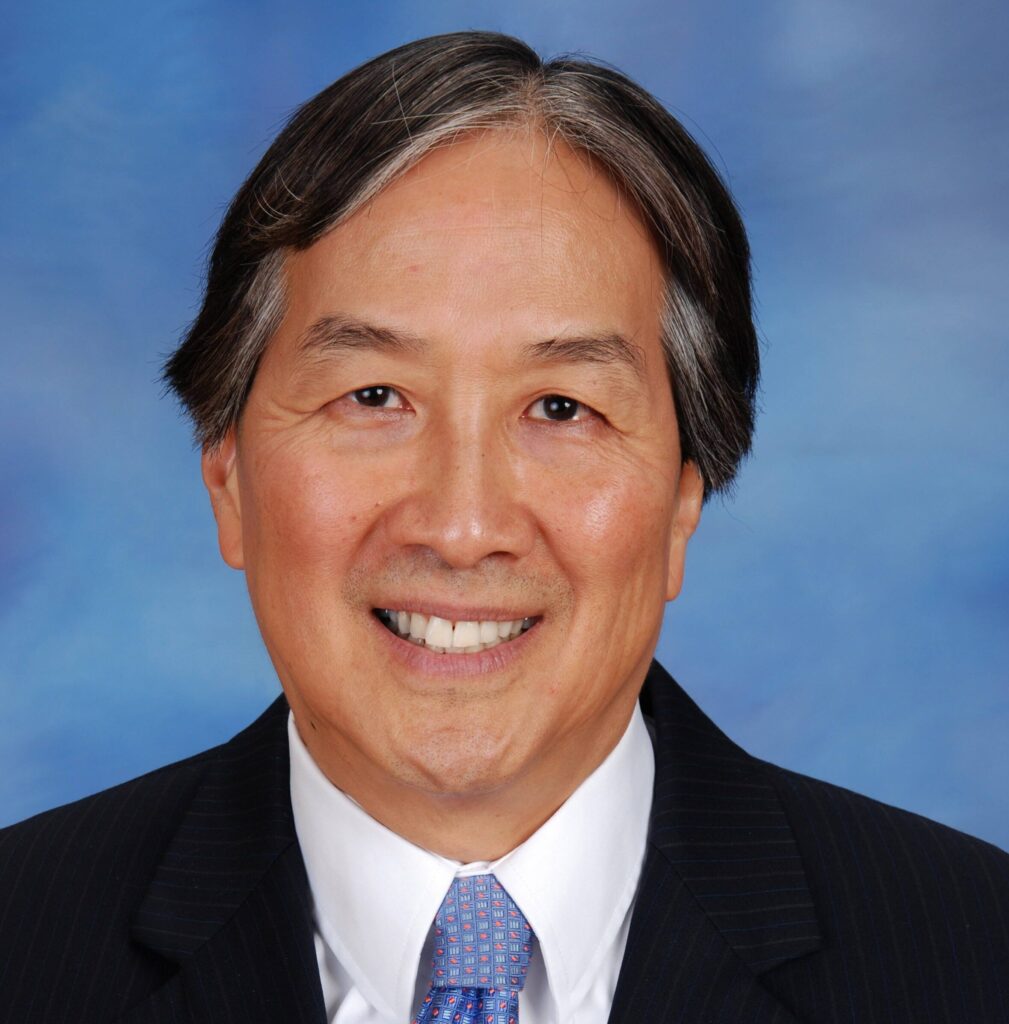
Howard Koh
Harvey V. Fineberg Professor of the Practice of Public Health Leadership, Harvard T.H. Chan School of Public Health and Harvard Kennedy SchoolFrom tobacco control and homelessness, health disparities and spirituality, women’s health, climate change, and chronic disease, Howard Koh has helped to advance health and wellbeing from countless angles.
An introduction to choral singing in college and service as president of the Yale Glee Club helped to persuade Howard Koh that music has a magic impact on human well-being and a passion for music continues to this day. His avocation is well-suited to a career that has bridged government service, academic medicine, and public health, holding leadership positions in which he promoted the critical importance of disease prevention and equitable access to care.
As Harvey V. Fineberg Professor of the Practice of Public Health Leadership, Koh is positioned to advance interdisciplinary leadership education and training at the Harvard T.H. Chan School of Public Health, the Harvard Kennedy School, and across the university. Prior to his academic appointment, Koh served as the 14th assistant secretary of health for the US Department of Health and Human Services and as the Massachusetts commissioner of public health. He holds board certifications in four medical fields, has been principal investigator of research grants totaling $27 million, published more than 300 journal articles, and received over 70 awards, including six honorary doctorate degrees. Koh is on the boards of Journal of the American Medical Association, Truth Initiative, the Network for Public Health Law, the Josiah Macy Jr. Foundation, and New England Donor Services.
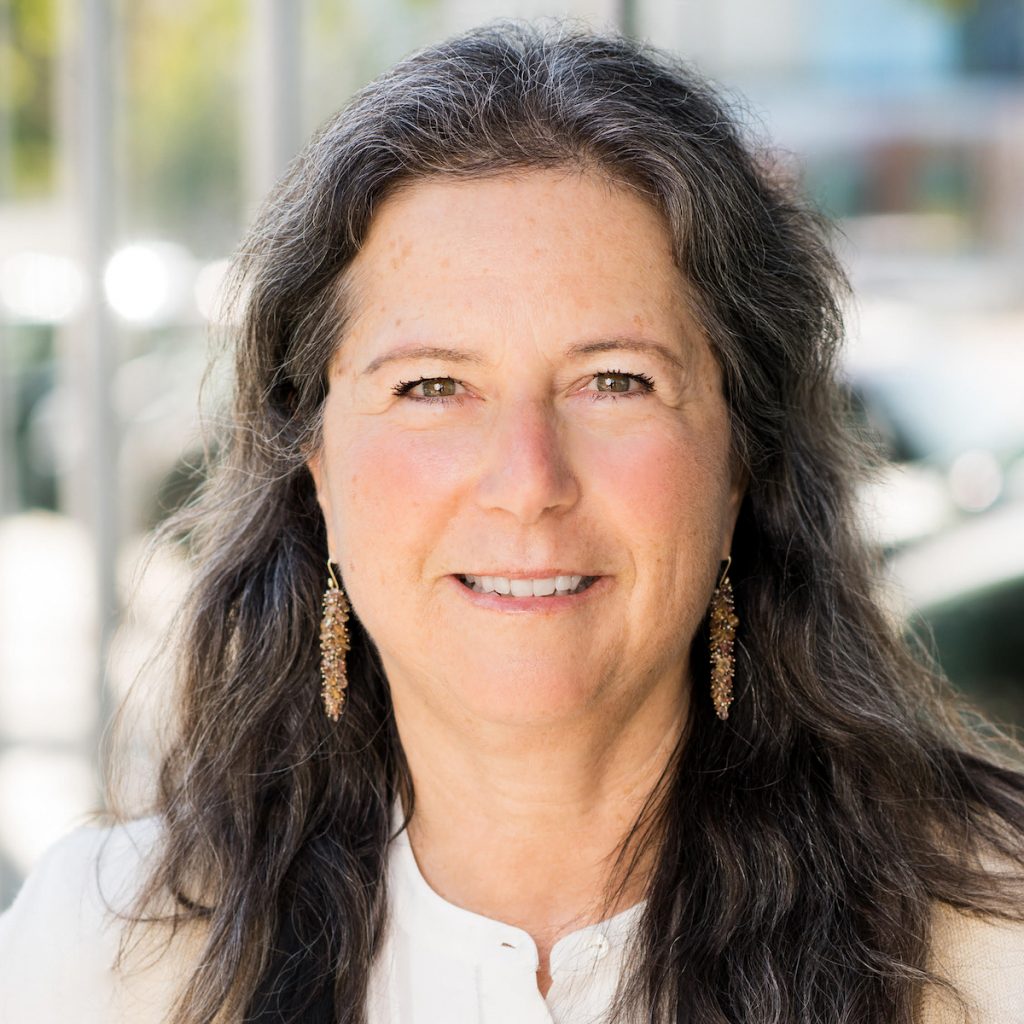
Ivy Ross
Vice president, Hardware Design, GoogleThe light-flooded Google Design Lab, with its double-height atrium, pastel cushions and centerpiece birch staircase, is the brainchild of Ivy Ross, who has overall design responsibility for Google’s hardware. “Your surroundings change the way you feel,” she says, explaining the importance of spaces that foster comfort, enliven the senses, and promote creativity. Ms. Ross’s charge to transform the look and feel of Google’s products has been described by one blog as “injecting the world’s most powerful information technology company with a shot of tactility and emotion identifiably warmer and more human than ever before.”
Before making the move to business and technology, Ms. Ross was an award-winning jewelry designer whose work is part of the permanent collections at the Smithsonian, the Victoria and Albert, and a dozen other international museums. She has also been a drummer since childhood and considers vibration and rhythm central forces in her life. Propelled by a desire to understand her dreams, she has explored Jungian psychology and also thinks deeply about empathy, synchronicity, and spirituality. Ms. Ross was named one of Fast Company’s 100 Most Creative People in Business and was selected by Business Week as one of its 25 most innovative global business leaders.
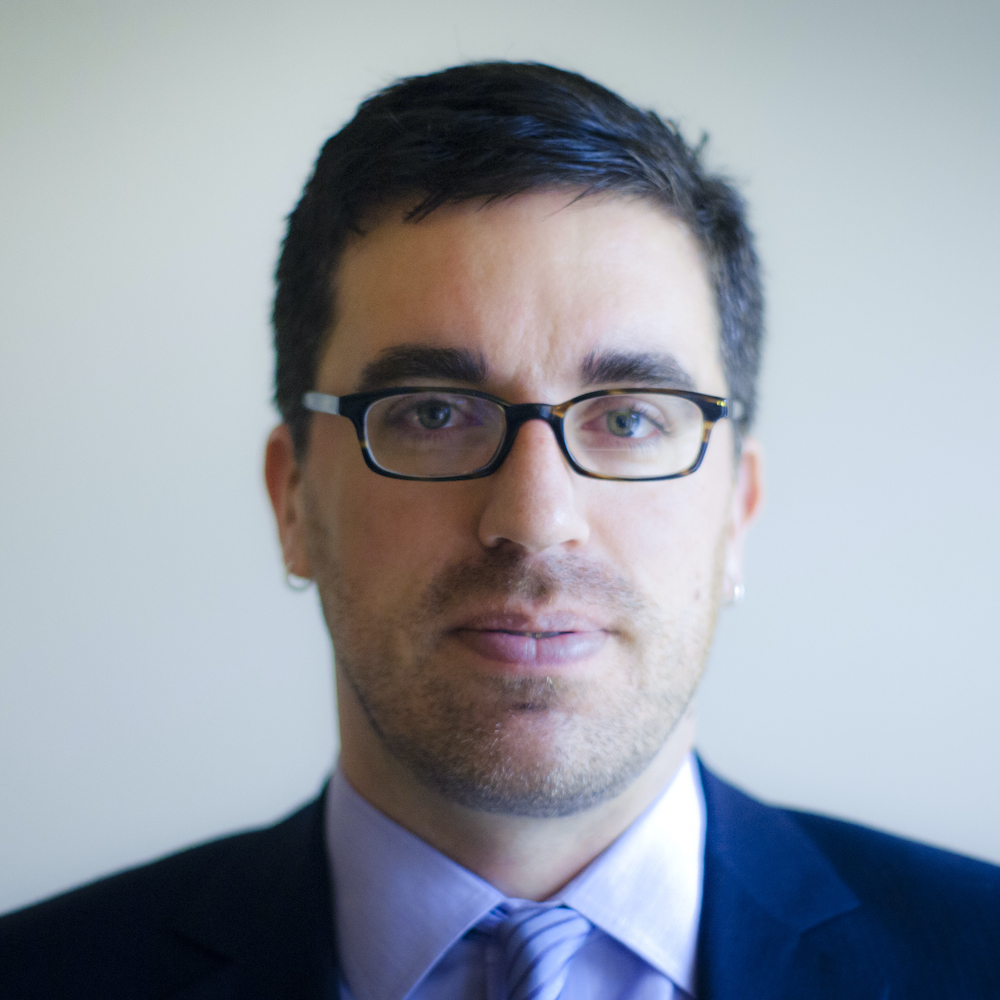
Jamie Bennett
Thought Leader, Lord Cultural ResourcesSpend some time talking to Jamie Bennett about the role of art in society, and the conversation quickly broadens to creative placemaking, community development, and participatory grantmaking. As executive director of ArtPlace America, a collaborative of foundations, federal agencies and financial institutions, Mr. Bennett has played a pivotal role in positioning arts and culture as core elements of any strategy to build community strength. Speaking with Inside Philanthropy about ArtPlace America’s commitment to translating knowledge, he asked, “How do we take the work on the ground and lift it up so governments and funders can support it? And how do we take these stories about lifting up local communities and share them nationally?”
Prior to joining ArtPlace America in 2014, Mr. Bennett served as chief of staff at the National Endowment for the Arts and at the New York City Department of Cultural Affairs. He has also provided strategic counsel at the Agnes Gund Foundation; served as chief of staff to the president of Columbia University; and worked in fundraising at the Museum of Modern Art, the New York Philharmonic, and Columbia College. He has served on the board of numerous arts organizations.
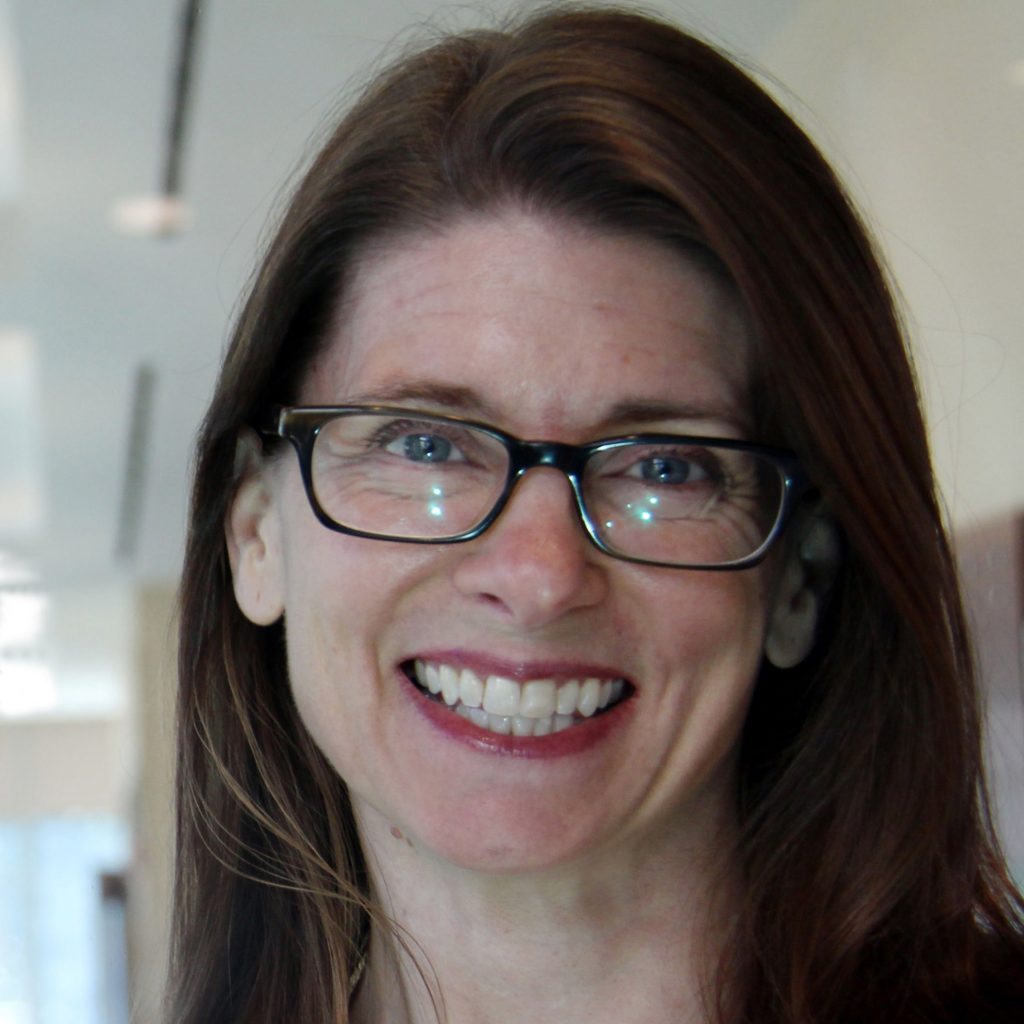
Jill Sonke
Research Director, Center for Arts in Medicine, University of FloridaFrom early childhood, Jill Sonke, MA, had dreamed of becoming a doctor, tiptoeing downstairs at night to read the family’s encyclopedia and learn everything she could about the human body. But when she encountered dance as a teenage competitive gymnast, everything changed. “I found myself completely lost in movement,” she says in a TEDx talk. “I felt a joy and a high that I had never experienced. It was transcendent.” Convinced that she wanted to repeat that same experience “every day for the rest of my life,” her career aspirations seemed to take a sharp turn.
In fact, Ms. Sonke has merged her two ardors. At the Center for Arts in Medicine, which she directs, faculty conduct research into the impact of arts on health and its degree programs are built around arts in medicine. And, within the University of Florida’s Shands Arts in Medicine program, she manages a team of 16 artists-in-residence who provide visual, performance and literary arts experiences to hospitalized patients. Ms. Sonke also conducts research, focusing on arts in public health, arts and the response to epidemics, and the effect of music on the cost and quality of emergency medicine.

Joke Bradt
Professor and Program Director, PhD Program in Creative Arts Therapies, Drexel University, Department of Creative Arts TherapiesClinical experience and a passion for research inspire Joke Bradt’s dedication to understanding the effects and underlying mechanisms of music therapy for chronic pain management.
Chronic pain significantly impacts the lives of countless millions of people yet the evidence base for non-pharmacological treatment approaches is limited. Joke Bradt, a board-certified music therapist and researcher, has dedicated her career to uncovering the power of music therapy to relieve chronic pain, an urgent need that has gained more traction in the face of a devastating opioid epidemic.
A tenured professor in the Department of Creative Arts Therapies at Drexel University, Bradt directs Drexel’s PhD in Creative Arts Therapies program and the Council of PhD Programs in the College of Nursing and Health Professions. With federal grants that include funding from the National Institutes of Health and the National Endowment for the Arts, she has studied the use of music therapy to support people with cancer-related pain, cancer survivors with chronic pain, people with post-operative pain, military service members with co-morbid chronic pain and mild traumatic brain injury, and many others. A particular area of focus at her research lab is interactive music therapy interventions that engage people with chronic pain and other chronic health conditions in creative musical activities. Bradt also serves as editor of the Nordic Journal of Music Therapy.
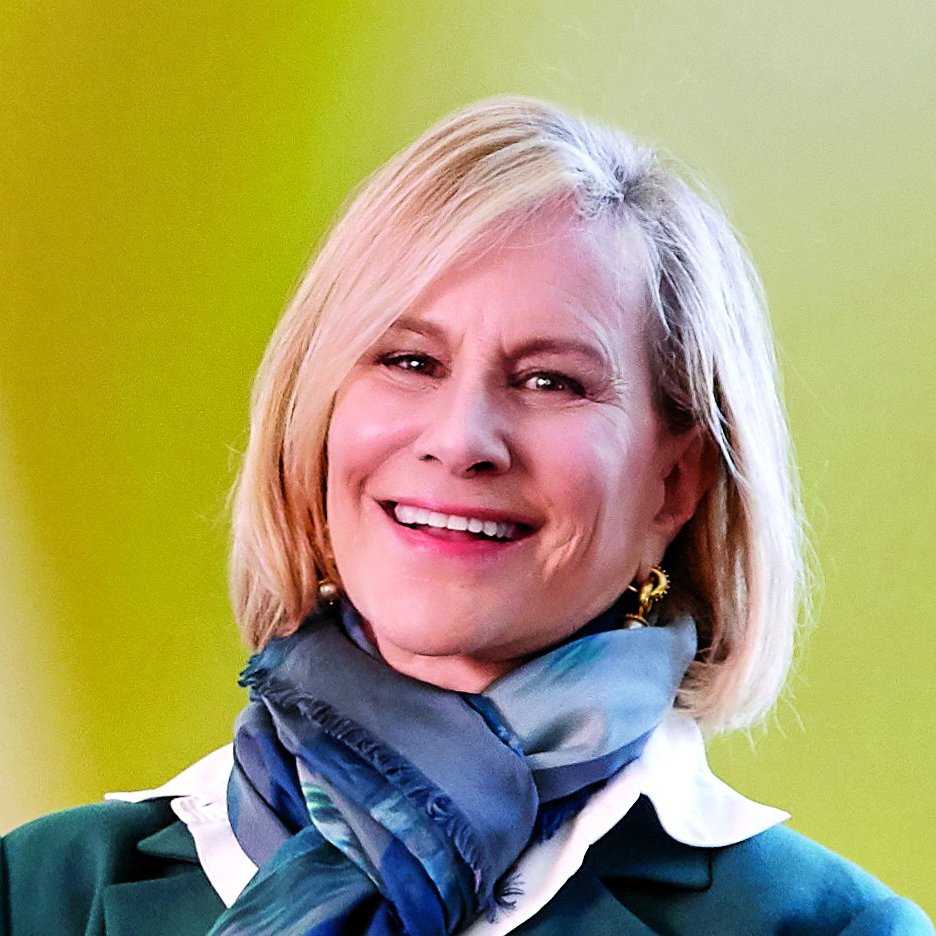
Laurie M. Tisch
President, Laurie M. Tisch Illumination FundFiring Imagination / Sparking Opportunity / Strengthening Community. Those are the tag lines of the Laurie M. Tisch Illumination Fund and the guiding principles of its president. Through philanthropy, service, and dedication, Laurie Tisch has helped to transform the Children’s Museum of Manhattan into a national leader in health, education, and the arts; restore arts programming to New York City schools; and guide the growth of the Whitney Museum of American Art, Lincoln Center for the Performing Arts, and the Aspen Institute as a trustee.
Her Illumination Fund’s $10 million Arts in Health initiative supports organizations that use arts as a tool for healing, with a special commitment to improving access to care and addressing disparities in health outcomes. The work especially takes aim at mental health stigma, trauma, and aging-related diseases, as well as on caring for caregivers and frontline health care staff. An avid art collector herself, Ms. Tisch’s dedication to an engaged civic life has been recognized through awards that include receiving the Key to the City at Gracie Mansion, a Lifetime Achievement Award from the New York Foundation for the Arts, and honors from the United Way. Crain’s New York Business named her one of its “50 Most Powerful Women” in 2017.
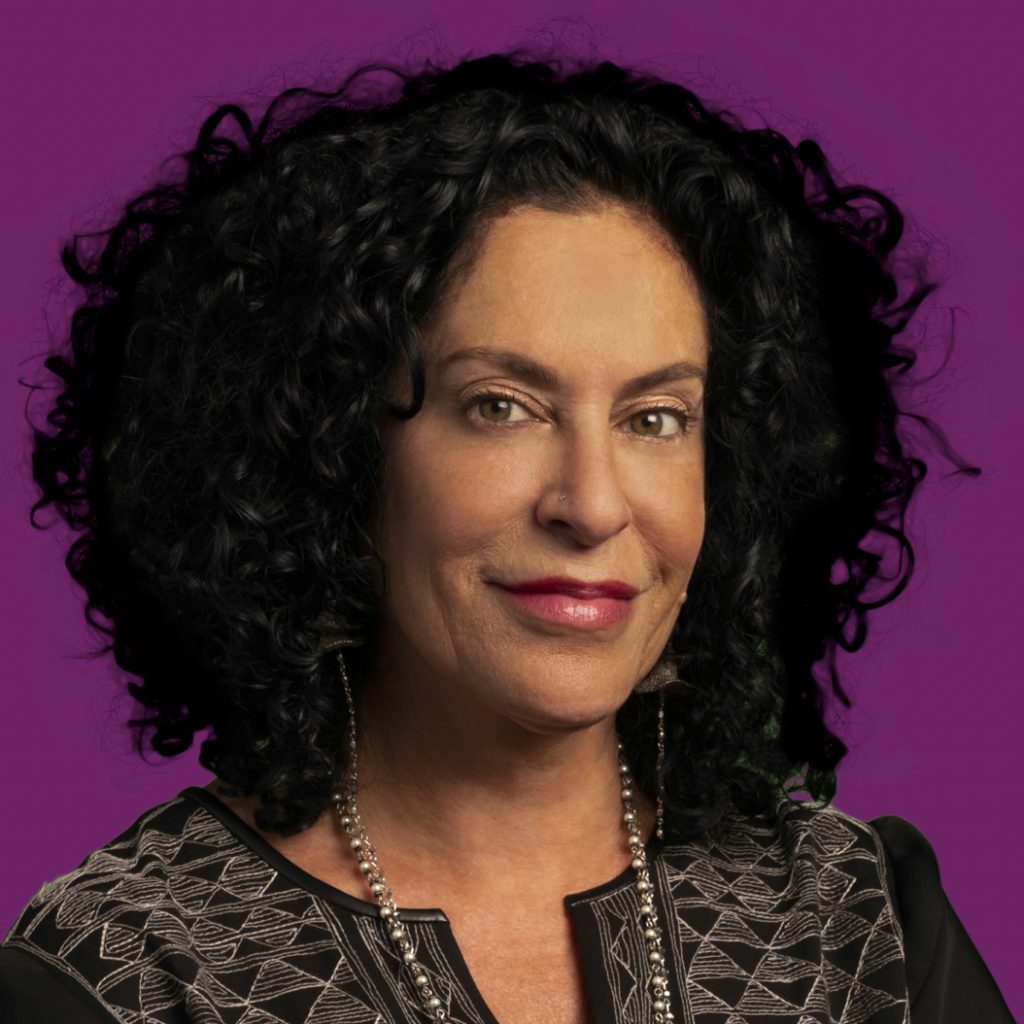
Michele Elam
William Robertson Coe Professor of Humanities, English Department; Faculty Associate Director, Institute for Human-Centered Artificial Intelligence Stanford UniversityCultural narratives shape the public imagination about emergent technologies, which already outpace traditional ethical and governance protocols. “Storytelling impacts, implicitly or explicitly, everything from product design to public policy,” says Michele Elam, PhD, whose interdisciplinary research examines changing representations of gender and race. Dr. Elam joined the Institute for Human-Centered Artificial Intelligence in 2019 to expand the institute’s engagement with diversity and bias, especially through the lens of the arts.
Professor Elam’s scholarship is informed by the understanding that perceptions of race influence health, wealth, and social justice outcomes. Making Race in the Age of AI, her most recent book project, considers how the humanities and arts are key crucibles through which to frame urgent social questions about equity and social justice in emergent technologies. Her other books include The Cambridge Companion to James Baldwin and The Souls of Mixed Folk: Race, Politics & Aesthetics in the New Millennium. An award-winning teacher, she will be teaching “Arts+AI,” a newly designed course, in the Fall 2020 semester. Dr. Elam is also affiliated with Stanford’s Center for Comparative Studies in Race & Ethnicity and serves on university advisory boards for African and African American Studies and Feminist, Gender and Sexuality Studies.
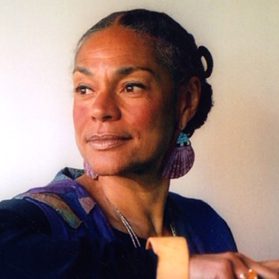
Sara Lawrence-Lightfoot
Emily Hargroves Fisher Research Professor of Education, Harvard UniversityNo biography could do more justice to Sara Lawrence-Lightfoot, PhD, than she does with her own words: “As a portraitist, I am witness, archeologist, spider woman, storyteller, and mirror… probing—through art and science, empathy and discernment—the layers and subtexts of human experience; listening for the voices and silences, documenting the good, and honoring the chaos and contradictions, the ironies and ambiguities threaded through our lives.”
Trained as a sociologist, Dr. Lawrence-Lightfoot is an author (with 11 books to her credit), educator, researcher, and public intellectual. During a 40-plus-year academic career at Harvard University, she pioneered an innovative social science method called portraiture, which blends art and science to capture the complexity, dynamics, and subtlety of human experience and organizational life. A MacArthur Foundation Fellow, Dr. Lawrence-Lightfoot has received 30 honorary degrees, serves on numerous professional and scholarly committees and boards, and is the first African-American woman in Harvard’s history to have an endowed professorship named in her honor. A lifelong educator, she explores such driving questions as, “How do we teach a kind of rigor, discipline, and critical thinking that will allow for sustained curiosity and the playfulness and risk that creativity requires?”
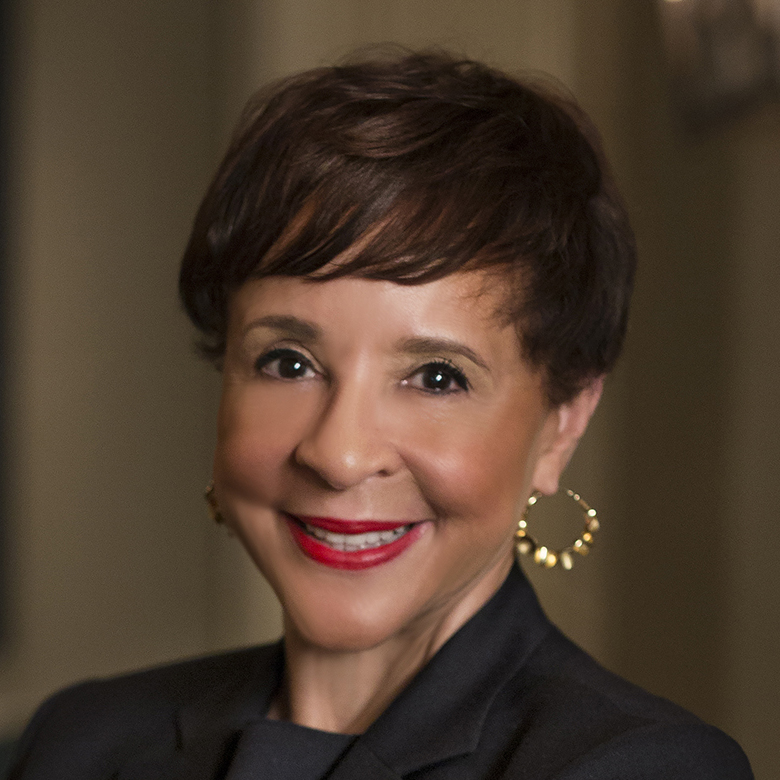
Sheila C. Johnson
Founder & CEO, Salamander Hotels & Resorts; Co-founder, Black Entertainment TelevisionAs co-founder of Black Entertainment Television (BET), Sheila Johnson propelled forward the nation’s most prominent cultural and entertainment cable TV network targeting black audiences, which reaches some 90 million US households. Turning her entrepreneurial skills to hospitality, she now oversees a portfolio of luxury properties, and, as vice chair of Monumental Sports & Entertainment, has ownership stakes in three professional teams: Washington Wizards (NBA), Washington Capitals (NHL), and Washington Mystics (WNBA).
An engaged philanthropist committed to empowering women and minorities, she has supported the Sheila C. Johnson Fellowship at the Harvard Kennedy School and serves as global ambassador for CARE, a leading humanitarian organization. Ms. Johnson also produces films with social messages, including The Butler, directed by Lee Daniels, and chairs an independent film festival in Middleburg, Virginia. An accomplished violinist, art remains core to her life. “The arts teach you how to focus and sharpen your senses, to listen in different ways, and see the world in a bigger picture,” she told an interviewer. President Obama appointed her to the President’s Committee on the Arts and Humanities and she serves on boards of the Parsons School of Design and the Jackie Robinson Foundation.
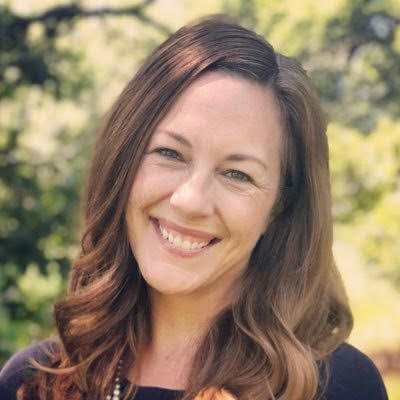
Stacey Springs
Research integrity officer, Faculty of Arts and Sciences, Harvard UniversityWhen a patient presents in the emergency room with pain, “which ear are clinicians listening with?” asks Stacey Springs, PhD, in a British Medical Journal article she co-authored. “That ear that is open to the investigation of pain, or the ear that is on the lookout for opioid-seeking behavior?” Such questions engage Dr. Springs as she works to strengthen the translation of evidence into health policy and practice. The answer depends in part on narrative—the story a patient tells and the ones a clinician hears. “The mind does not just receive what it is told, it is a story-making machine, and the stories it creates present opportunities for understanding and misunderstanding patients,” she writes.
In addition to her Harvard position, Dr. Springs is director of research and evaluation for the Rhode Island Arts and Health Network, where she engaged the community to help guide an evidence synthesis of arts-based health care interventions. She is also a research associate in the Center for Evidence Synthesis at the Brown University School of Public Health. Her studies include assessing evidence for complex public health interventions, bolstering the quality of research, and improving the uptake of evidence by healthcare systems.
Advisors
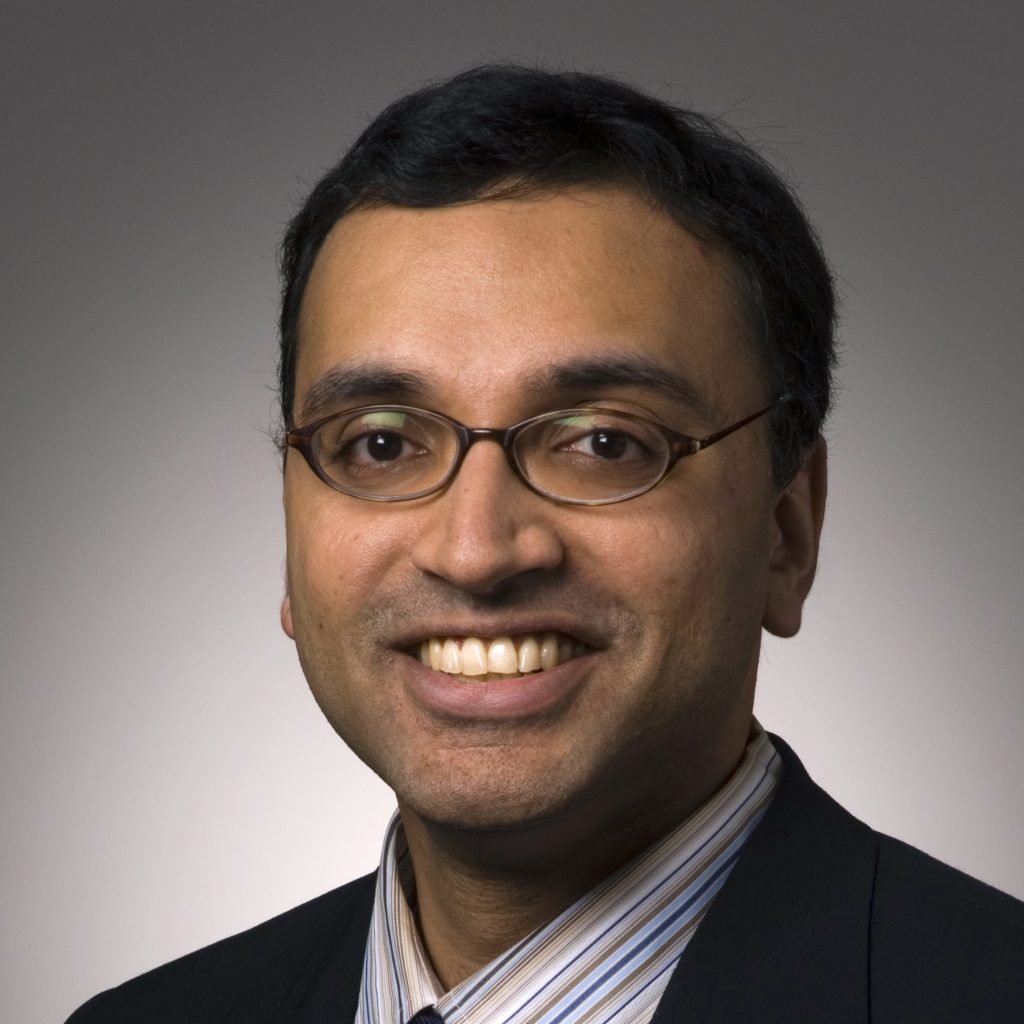
Sunil Iyengar
Research & Analysis Director, National Endowment for the ArtsThe architecture of a poem, writes Sunil Iyengar in Contemporary Poetry Review, “must be swallowed whole… a poem should be introduced into a reader’s circulatory system.” Poet, critic and book reviewer, Mr. Iyengar is as lyrical in his writing as he is committed to the power of arts-focused research. On his watch, the National Endowment for the Arts (NEA) has partnered with the Brookings Institution, the National Academy of Sciences, and the National Institutes of Health, among others, to build a body of evidence for art as a tool for advancing health, well-being and economic development. He has helped NEA develop and publish dozens of research reports, including Rural Arts, Design, and Innovation in America; Staying Engaged: Health Patterns of Older Americans Who Participate in the Arts; and The Arts and Achievement in At-Risk Youth.
Mr. Iyengar also guided the NEA in creating a national data repository and designing an arts “system map” to inform its long-term research agenda. Prior to joining the NEA, he was a reporter and editor covering biomedical research, medical devices and pharmaceutical industries. His literary and critical writings have appeared in the Washington Post, The New York Times, San Francisco Chronicle, The American Scholar, The New Criterion, and Contemporary Poetry Review.
